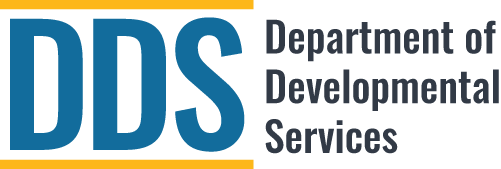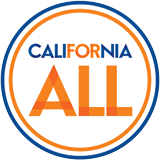The federal government helps pay for most of the services regional centers provide to individuals with developmental disabilities. In March 2014, new federal rules became effective, describing how home and community-based services are provided.
Home and community-based settings are places where individuals with disabilities live and spend their days; for example, licensed community care facilities and other residential settings, work activity programs, and day programs. The new rules explain what these settings should be like.
All services in every state must follow the new rules by March 2023. After March 2023, the federal government will not provide funding for services that do not meet the new rules. Assessing all services and settings and making necessary changes takes time. In order to meet the 2023 deadline, the work must begin now.
WHAT ARE THE NEW RULES ABOUT?
The purpose of the rules is to ensure that individuals receive services in settings that are integrated in and support full access to the greater community. This includes opportunities to seek employment and work in competitive and integrated settings, engage in community life, control personal resources, and receive services to the same degree as individuals who do not receive regional center services. It means that settings need to focus on the nature and quality of individuals’ experiences and not just about the buildings where the services are delivered. Individuals have an active role in the development of their plan, the planning process is person-centered, and the plan reflects the individual’s service and supports and what is important to them.
WHAT DOES THAT MEAN TO ME?
If you are an individual who receives services, it means that you may have different options to choose from regarding services and service providers. There will be a focus on individuals being involved in the community; for example, shopping, attending church, dining out, employment, etc.
If you are a service provider, it means that you may need to make changes in how you operate in order to meet the new federal rules by modifying policies and program designs, where and how your service is delivered, and providing training to assure that your staff members understand the expectations of the rules.
WHAT IS A TRANSITION PLAN?
California drafted a Statewide Transition Plan to describe how it will move forward and ultimately achieve compliance with the new rules. Because the federal rules are new, states are being allowed some time to come into compliance. States have to assess their laws, regulations, policies, and settings where services are provided to see if they are reflective of the new rules. Each state must develop Transition Plans to describe how it will meet the new rules, how it will change the areas that do not comply, and how it will sustain the review process to assure ongoing compliance.
Last modified: January 12, 2022



